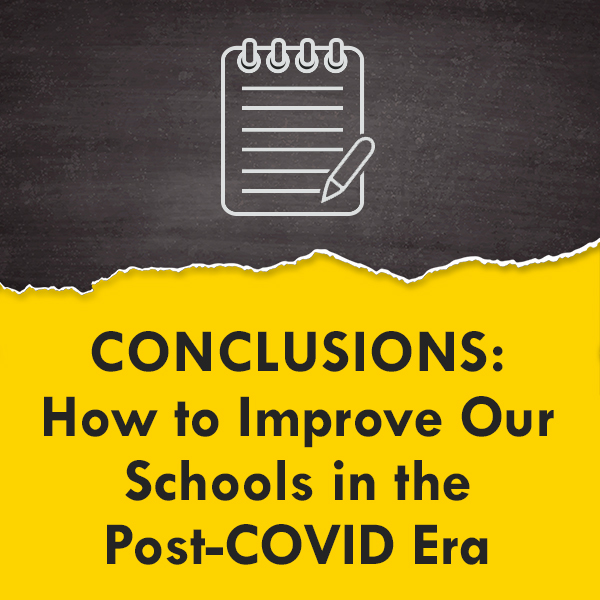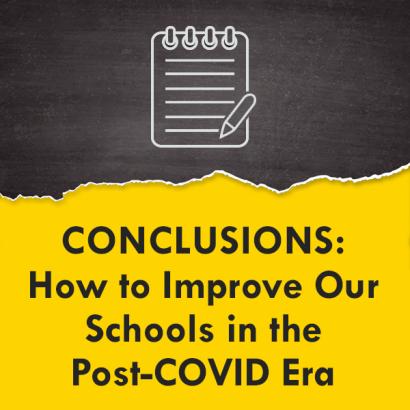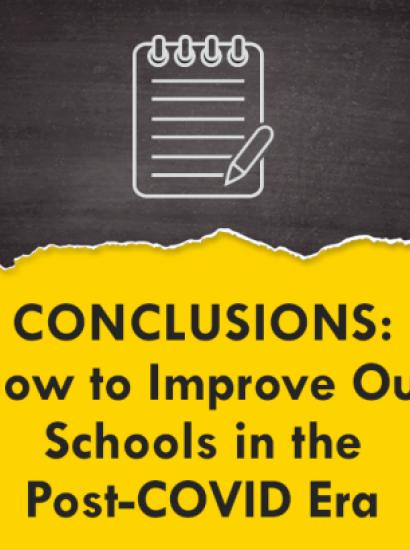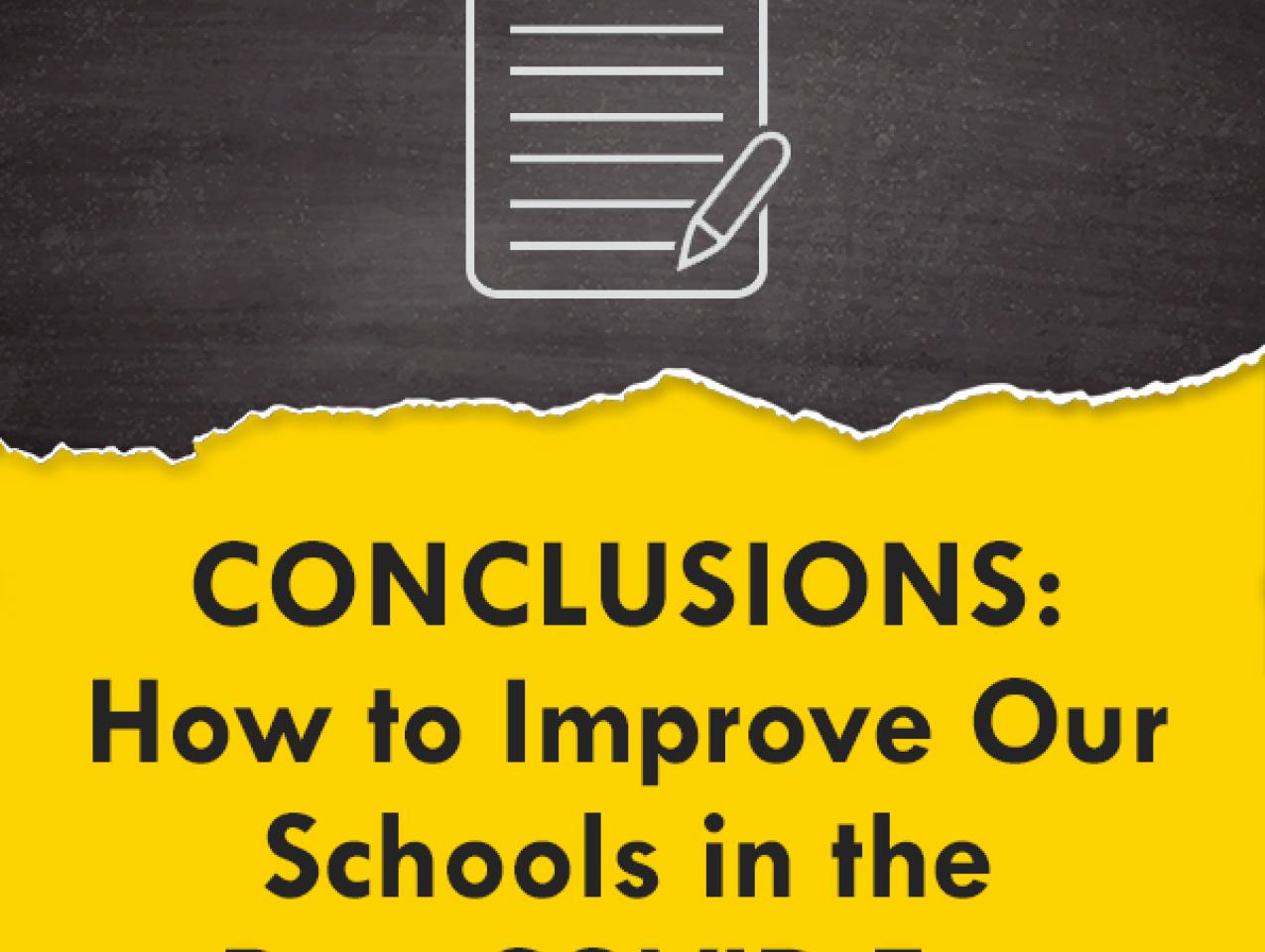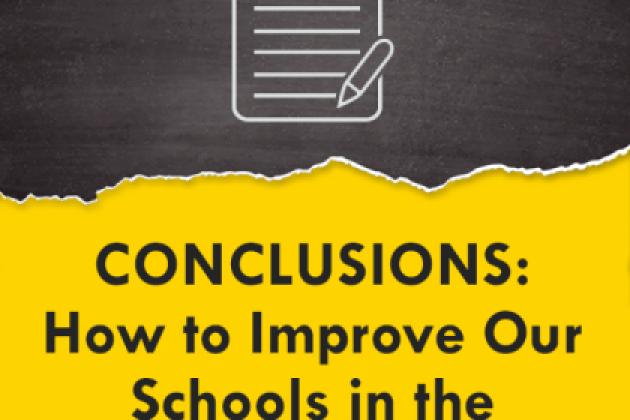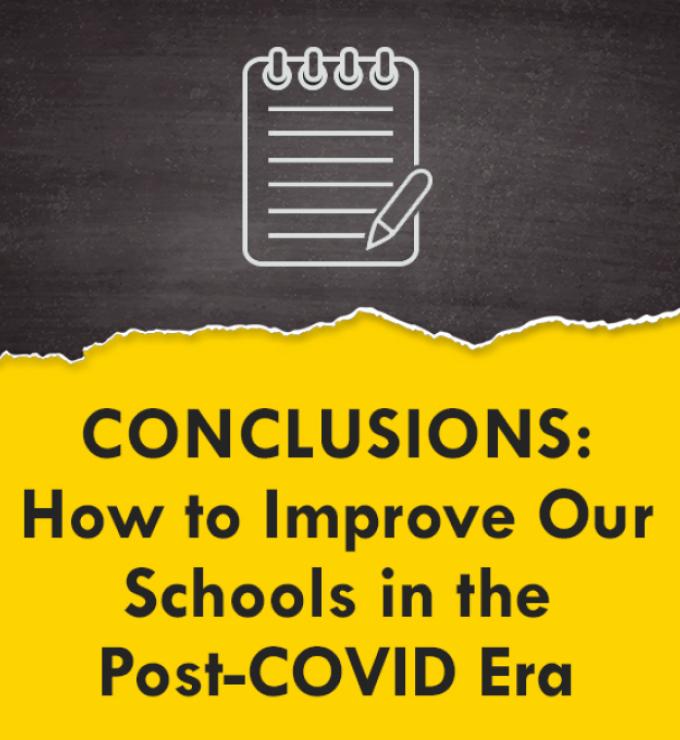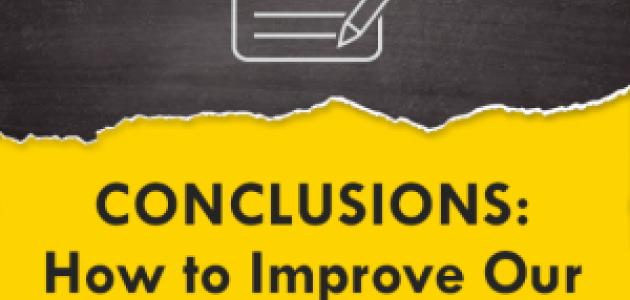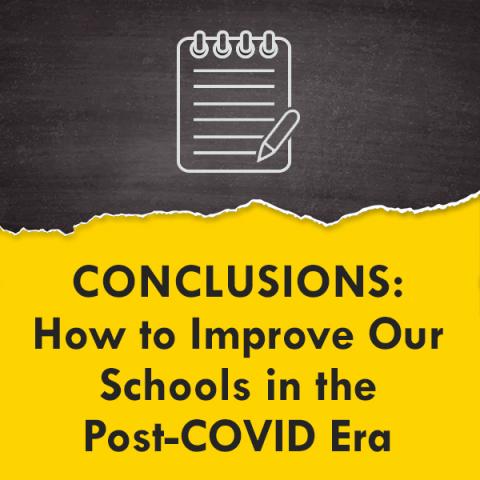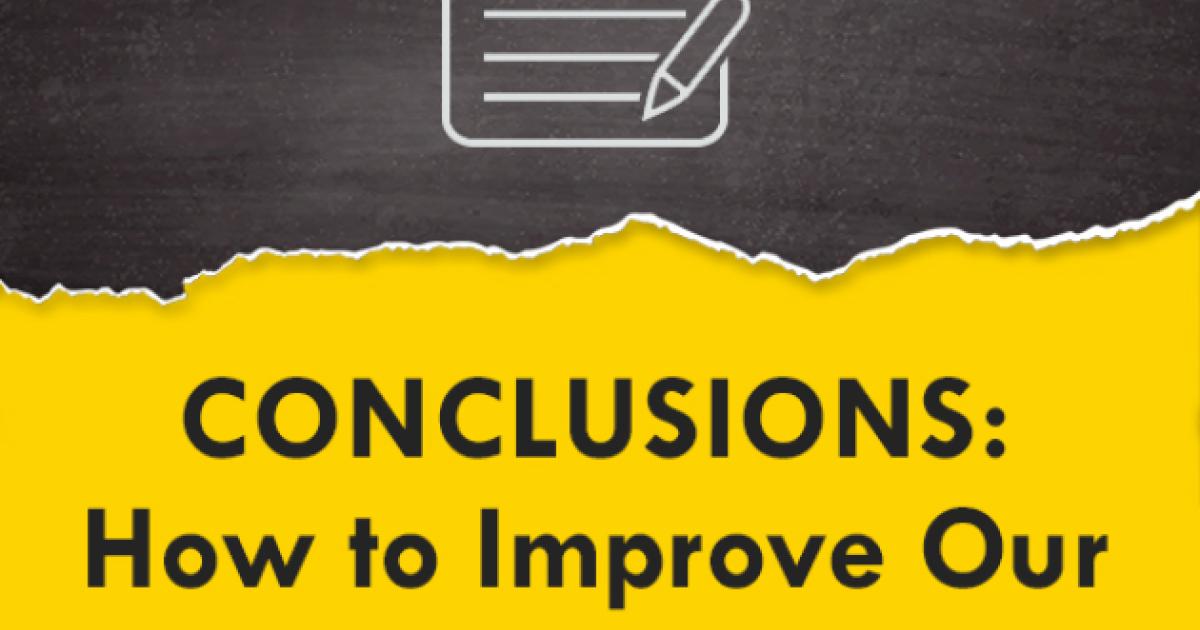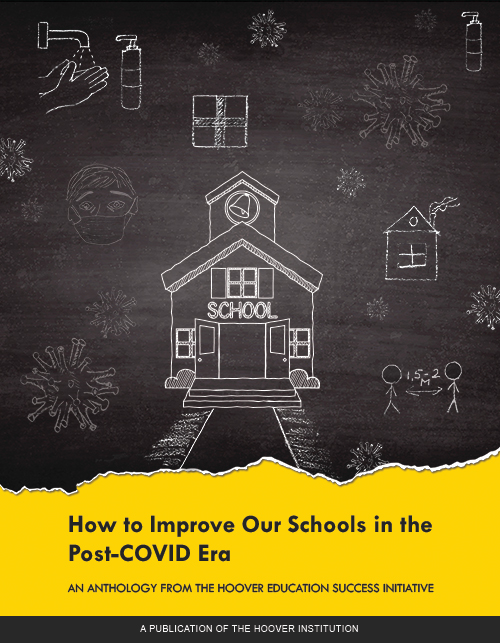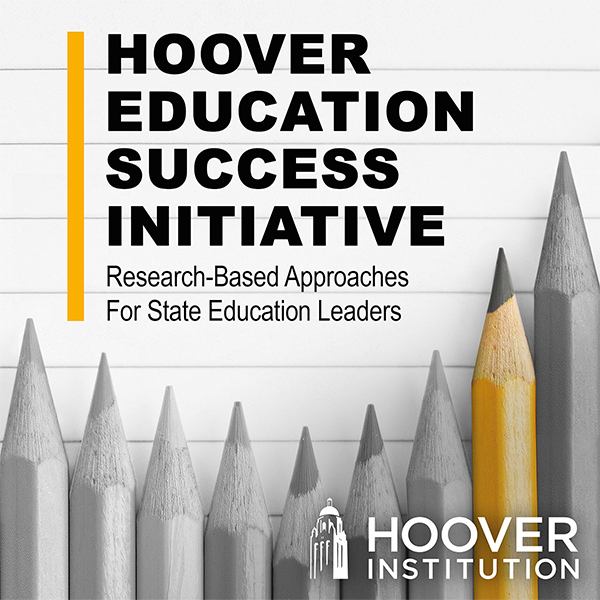- Reforming K-12 Education
As the nation transitions from a public health focus in its schools to their education role, it is important to have a clear discussion of the direction and goals of America’s schools. There is no doubt that a key element of the nation’s historic strength and success has been the broad education of its citizens. But even before the pandemic there was vigorous discussion of how the schools could deal with new demands from the economy and do so in a more equitable way. The pandemic has amplified the need for picking up on this prior discussion and for making desired improvements a reality.
There is both quantitative and qualitative evidence that the school closures that began in March 2020 and the subsequent hesitant restart of schools during the 2020–21 school year harmed an entire cohort of students. Previous experiences of lengthy school closures around the world indicate that this group will not easily make up for the learning losses it suffered and will not simply spring back to historic performance levels once the schools have moved out of pandemic mode. The virus-induced learning impacts will haunt these students throughout their work lives and will also result in a future US economy that will suffer from a less-skilled workforce—unless a way is found to make up for the effects of the pandemic.
This new challenge—simultaneously working out of the ongoing COVID-19 problems and improving the schools—is the subject of this interchange of academic research and thought with the extensive experiences of current policy makers. The Hoover Education Success Initiative (HESI) has harnessed the practical, on-the-ground know-how of its Practitioner Council to surround the academically based recommendations of the HESI scholars.
This interchange highlights a series of elements and practices of our existing school system that remain central to the future. Perhaps most importantly , there is an increased recognition of the importance of effective teachers. Simply providing students a computer and its attendant software does not match instruction with a quality teacher who guides, motivates, enlightens, and corrects students. This conclusion holds throughout the pre-K–12 system, although it is probably more important at younger ages. Additionally, the provision of wide choices to families—a previously identified element of equity—has de facto become more important as families, cut loose to varying degrees from their existing classrooms and schools, seek options that meet their varied needs. Most directly, encouraging choice implies lifting enrollment limitations on charter schools and authorizing additional charter schools when charters are oversubscribed.
The pandemic underscores a number of areas where we need to move beyond our pre-pandemic starting point. First, it is almost certainly the case that both learning and its mirror—learning loss—have not been evenly distributed. More-advantaged students with a broader set of supporting resources have on average done much better than less-advantaged students. This affects multiple aspects of schools.
It is absolutely essential to return to regular testing of students in order to pinpoint those with the largest deficits and in order to guide the teachers. While there is good reason to pause Every Student Succeeds Act (ESSA) accountability for the 2020–21 year, it is equally important to resume with accountability in the following year. Further, the pause in accountability offers a useful period to revisit the array of desirable student outcomes and how they can be assessed. Parents and educators should be involved in this effort, both to gain their perspectives and to develop support for the focus on performance.
The pandemic experience also strongly suggests that schools will need to move to more individualized instruction that meets the student at the proper level, not some rough average for a student based on time spent in school. Traditional structures of age-based K–12 grades, teacher assignments, and fixed time-units for instruction will not accommodate the dramatic recovery operation that American education faces. Further, it suggests that funding approaches, certifications of completion, and the like will have to move away from a time basis and toward accomplishment of goals. High schools must be student centered and focused on demonstrating knowledge and skill. This includes the capacity to understand the lifelong requirements for evolving skills and knowledge and to navigate the worlds of higher education, skills training, and employment to build a personal work-life plan. Restructuring implies a need to eliminate the Carnegie Unit as the basis of school effort and replacing it with solid metrics of student mastery of state learning standards.
Second, schools will need to recognize the new variety in delivery, attendance, and mode of instruction. Most likely, many schools will want to—or will be forced to—mix traditional classroom-based instruction with hybrid instruction in at-times remote environments. While the past academic year has moved a majority of the country to decentralized learning on school-based digital platforms, there are still gaping holes in appropriate instructional materials. And many teachers have been inadequately prepared for this hybrid learning approach. This situation has implications for the testing of students, the evaluation of teachers and schools, the financing of schools, and the very provision of educational services. Minimally, a return to the old schools will simply not be feasible. But more importantly, states and districts must recognize the varying effectiveness of teachers and other personnel and must more completely manage schools for effectiveness. They must also address the need to provide a wide range of approaches designed to captivate and motivate different students, such as through developing portfolio districts.
Are changes possible, or should we simply be satisfied with returning as much as possible to the pre-pandemic schools of February 2020? The wisdom of HESI-affiliated scholars and practitioners both points to an imperative to move forward. If we do not, we are dooming the current cohort of students to absorbing the largest costs of the pandemic. And we are placing disproportionate costs on students from disadvantaged families and on our most vulnerable special-education students.
As many of our Practitioner Council advisors indicated, many of the directions for advancing the system have been known and recognized for a long time, and they have met with fierce resistance. Indeed, much of the debate over the form and direction of schools during the 2020–21 school year was more about the costs and benefits of various reopening strategies for the teachers and school personnel than about the learning of students. As we move forward, it is clear that the learning outcomes for students have to take precedence in the way we organize the schools.
Practitioners rightfully warn of the difficulties and time involved in making any significant changes in the structure and operation of schools. But, beyond the social imperative of helping the current students, it is also the case that parents have become more involved in the schooling process. The hope for clear and continuing improvement of the schools rests significantly on parents pushing for the kinds of quality improvements that will bring us successfully out of the pandemic-era quagmire.
Our group differs on some details and on the practicality of some of the recommendations. Regardless, there is absolutely no disagreement on one thing: we cannot simply return to the schools of the past. Were we to do so, we would be deliberately choosing to endorse a system— flawed in substantial ways—that will freeze the current learning losses and further perpetuate unequal and inadequate outcomes for students.







